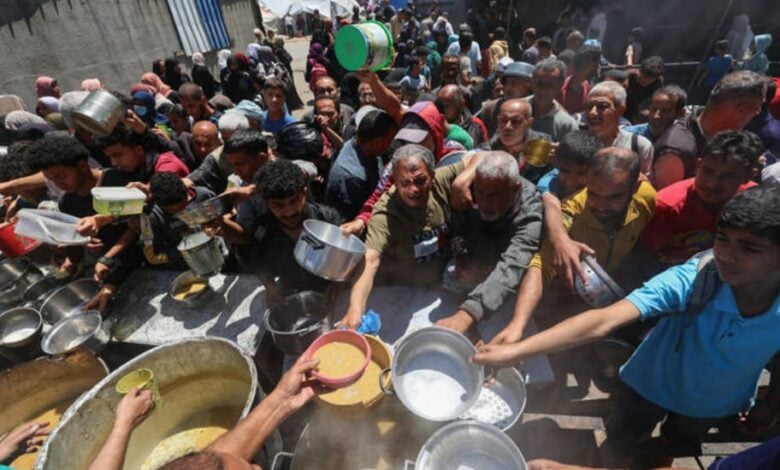Growing Food Insecurity in the Middle East Drives Divergence from Global Trends

Growing Food Insecurity in the Middle East Drives Divergence from Global Trends
——————————-
Global hunger declined slightly in 2024—from 8.5% to 8.2%—yet the Middle East bucked this trend, with food insecurity worsening, Arab News revealed. According to the UN’s State of Food Security and Nutrition in the World report, 12.7% of the region’s population, equivalent to over 39 million people, suffered from hunger in 2024—significantly higher than the global average.
UN officials cite a convergence of factors—ongoing conflict, inflation, currency instability, and a heavy reliance on food imports—for the region’s poor performance. These systemic issues have kept healthy diets unaffordable and supply chains vulnerable, particularly in conflict-affected nations like Lebanon and Syria, with the situation in Gaza plunging into an unprecedented humanitarian crisis.
While wealthier Gulf states like the UAE and Saudi Arabia remain insulated against food shortages, vulnerable countries continue to struggle with displacement, economic volatility, and disrupted markets.






